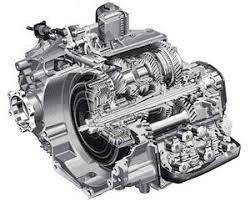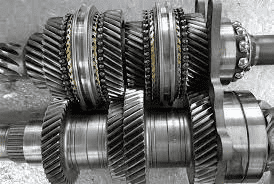In order for a gearbox to function properly, it must be able to receive transmissions from at least two different sets of wheels. Gears and shafts are both essential for the transmission process, but what’s more important is that there is a constant source of torque that is transmitted through the gears and shafts and from them to the engine. This constant source of power is then converted into an output, which is then sent to the motor/motorized vehicle. For details on Fluid Power, visit DANA-SAC

There are two basic types of gearbox designs in use today, which have been around for decades, and these are the sequential gearbox and the parallel gearbox. In a sequential gearbox, the gears are arranged in a series, much like how the gears in a car are arranged in order to move the pedals from either neutral or forward. These gears also gear ratio, which is the ratio between the number of teeth on a tooth and the amount of torque that can be produced. The parallel gearbox, on the other hand, has gears that do not match the sequence of the others, thus allowing for greater torque output than with a sequential gearbox.

A clutch is another component of an automatic transmission, and it works by reducing the torque of the drivetrain and making it easier for the driver to shift gears. Clutch systems in automatic gearboxes usually come with an electronic control unit that offers various options to the driver. Aside from controlling gear selection, speed, and clutch dampening, these units also can be used to vary the intensity of acceleration and deceleration, among other things.
